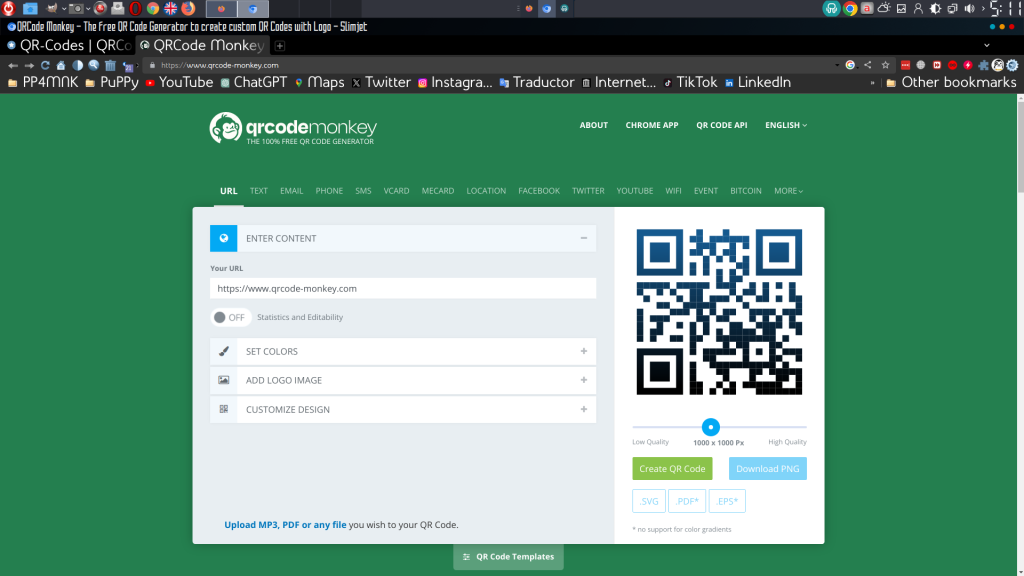In today’s digital age, QR codes have become a ubiquitous presence in our lives. These little black-and-white squares may seem simple, but they hold immense potential, especially in primary education. Let’s explore what QR codes are, their importance in education, how to generate them, and how they can be effectively used in the classroom.

What Are QR Codes? QR codes, short for Quick Response codes, are two-dimensional barcodes that can store various types of information, such as text, links, contact details, or even multimedia content. They were first created in Japan for tracking automotive parts but have since found applications in numerous fields, including education.
Importance in Primary Education: QR codes have proven to be invaluable tools in primary education for several reasons:
- Engagement: QR codes can make learning more engaging and interactive for young students. Scanning a code to access information or activities can feel like a fun game, which encourages participation.
- Easy Access to Resources: QR codes provide a convenient way to share digital resources like worksheets, videos, e-books, or educational websites. Teachers can ensure that students have instant access to relevant materials.
- Personalized Learning: Teachers can tailor QR code assignments to meet individual student needs. For example, students who need extra practice with math can scan a QR code leading to math-related exercises, while others can access reading materials.
- Assessment: QR codes can be used for self-assessment. Students can scan a code to check their answers, receive immediate feedback, and track their progress.
Generating QR Codes: Generating QR codes is a straightforward process:
Choose Content: Decide what you want to share through the QR code, whether it’s a URL, text, or other data.
Use a QR Code Generator: There are various free QR code generators available online. Some popular ones include QR Code Generator, QRStuff, and QR Code Monkey.
Enter Information: Input the content you want to encode, customize the design (if desired), and generate the QR code.
Download and Print: Download the QR code image and print it on worksheets, posters, or any educational materials you’re creating.
Using QR Codes in the Classroom: Here are some creative ways to use QR codes in primary education:
Interactive Worksheets: Embed QR codes in worksheets that link to instructional videos, additional reading material, or interactive quizzes related to the topic.
Scavenger Hunts: Create QR code scavenger hunts where students solve clues or answer questions by scanning codes placed around the classroom.
Book Reviews: Encourage reading by having students create QR code book reviews that link to audio recordings of their reviews or video summaries.
QMultilingual Learning: Provide language learning opportunities by linking QR codes to pronunciation guides or translations of vocabulary words.
QR codes are a versatile and powerful tool in primary education, making learning more engaging, accessible, and tailored to each student’s needs. They open up a world of possibilities for educators and students alike, transforming the traditional classroom into an interactive and dynamic learning environment. So, start exploring the potential of QR codes in your primary education journey today!